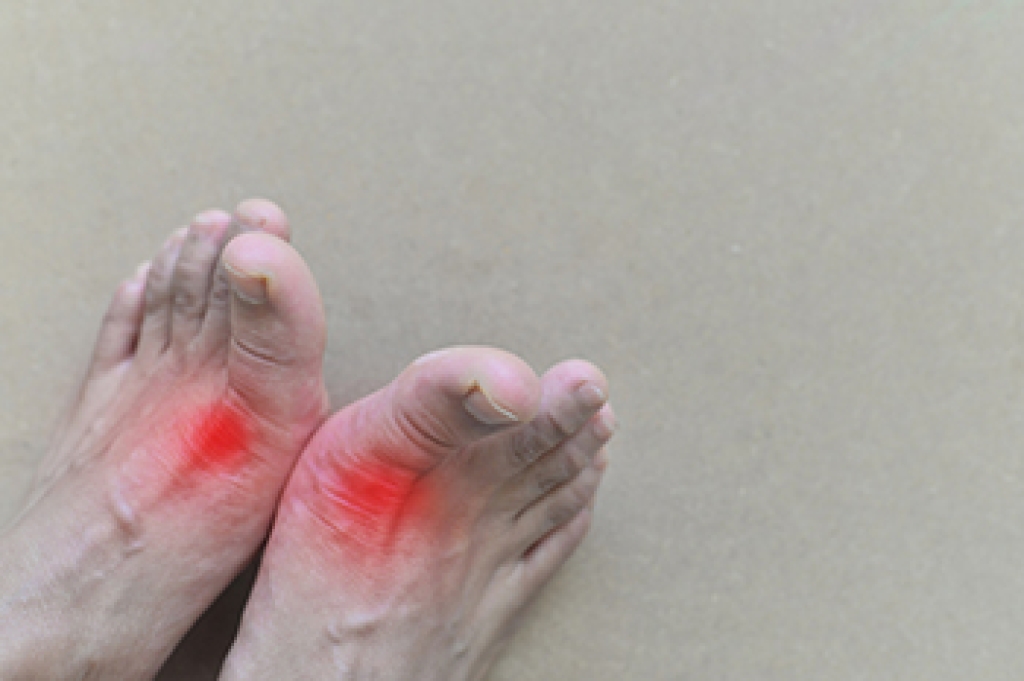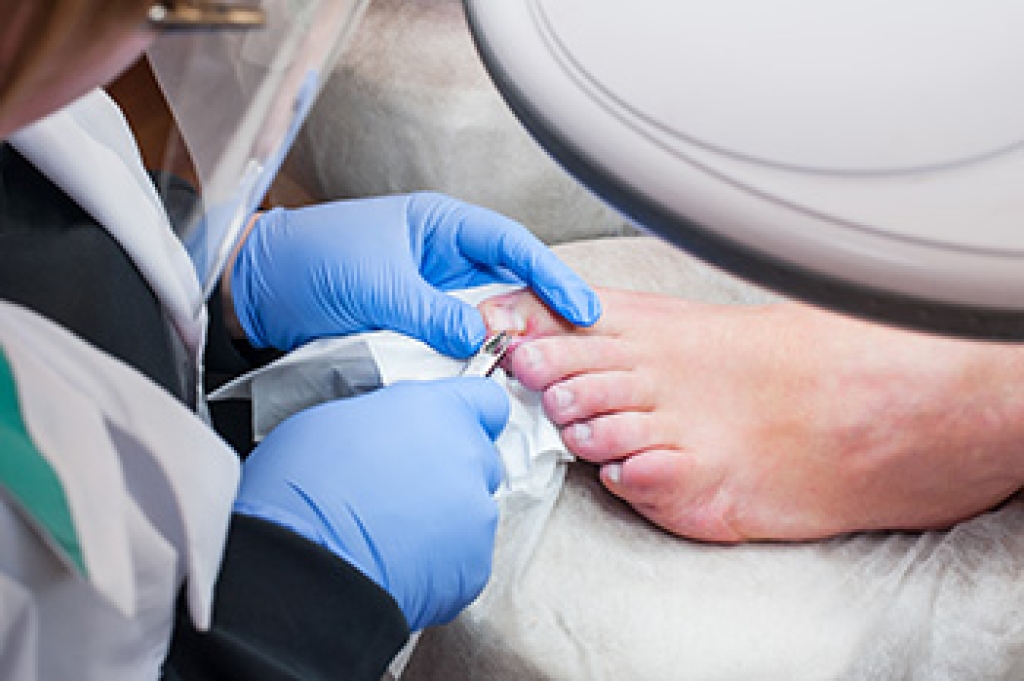
Gout is a painful inflammatory condition that often strikes the big toe and can appear suddenly with intense redness, swelling, and warmth that makes even light contact uncomfortable. The attacks may feel like burning pressure or sharp throbbing, and the joint may look shiny or purple as uric acid crystals irritate the tissue. Gout is commonly caused by elevated uric acid levels linked to genetics, diet, certain medications, or underlying medical conditions. A podiatrist can assist from the very beginning by performing a careful examination, ordering appropriate tests, and distinguishing gout from other foot disorders. Early diagnosis allows timely treatments that may include medication to reduce inflammation, guidance on footwear, custom orthotics to ease joint stress, in addition to long-term strategies to prevent future flare ups through lifestyle adjustments. Because prompt care can significantly reduce pain and protect joint health, it is suggested that you schedule an appointment with a podiatrist who can help you to manage this painful condition,
Gout is a foot condition that requires certain treatment and care. If you are seeking treatment, contact Ramin Nadjafi, DPM from Advanced Podiatry Group. Our doctor will treat your foot and ankle needs.
What Is Gout?
Gout is a type of arthritis caused by a buildup of uric acid in the bloodstream. It often develops in the foot, especially the big toe area, although it can manifest in other parts of the body as well. Gout can make walking and standing very painful and is especially common in diabetics and the obese.
People typically get gout because of a poor diet. Genetic predisposition is also a factor. The children of parents who have had gout frequently have a chance of developing it themselves.
Gout can easily be identified by redness and inflammation of the big toe and the surrounding areas of the foot. Other symptoms include extreme fatigue, joint pain, and running high fevers. Sometimes corticosteroid drugs can be prescribed to treat gout, but the best way to combat this disease is to get more exercise and eat a better diet.
If you have any questions, please feel free to contact our office located in Orlando, FL . We offer the newest diagnostic and treatment technologies for all your foot care needs.




